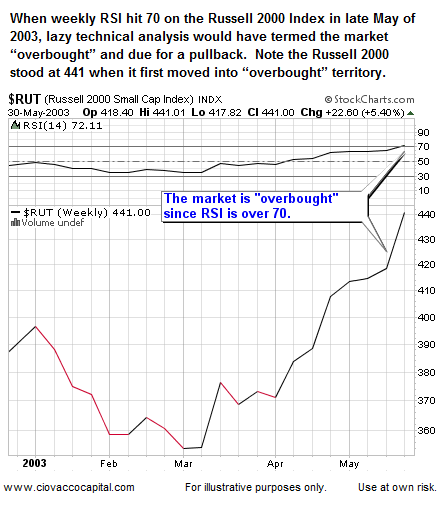Market Cap Is Important Tool for Investors in Stock Market
Post on: 16 Март, 2015 No Comment

Tells You How Much the Market Values a Company
You can opt-out at any time.
Please refer to our privacy policy for contact information.
The stock market and investors treat companies differently depending, in part, on the company’s size. Market capitalization or market cap is the way many investors define a company’s size.
Market cap, as explained below, is a way to look at any stock/company and compare it with another company, industry or the market in general.
Market cap is easy to understand. It is the answer to the question: How much would you have to pay to buy all outstanding shares of the company’s stock.
Consider that all companies regardless of size are subject to the same basic economic conditions. This is why smaller companies may find surviving in an economic downturn or recession challenging — so challenging that many will not survive a prolonged downturn.
On the other hand, small cap companies may benefit from an improving economy faster than much larger companies. They present the opportunity to make strong advances if they find a new technology or product and get to the market much quicker than larger competitors.
In investing, like many other things, size does matter. Some investors limit their selections to certain size companies, while others spread their money across the size spectrum.
Company size is just one aspect to consider when evaluating a stock; however, it is important because large and small companies react differently in the market. See Tools of Fundamental Analysis .
Let’s define size before going any further. There are two ways you can classify a company by size: revenue and market capitalization.
Defining Size
Most people don’t use revenue because differences in industries distort how large or small a company is based solely on revenue.
Market capitalization or market cap is the standard measure of company size. You compute market cap by multiplying the number of outstanding shares by the current stock price.
For example, if a company had one hundred million shares of common stock outstanding and a current stock price of $55 per share, its market cap would be $5.5 billion (100,000,000 x $55 = $5.5 billion).
This calculation lets you do an apples to apples comparison with any two or more companies.
Finding Market Cap
You can find the market cap of any stock reported on most quotes you find on the Internet such as Yahoo! Finance. Simply enter a symbol and the market cap is among the data reported.
Investors categorize companies by market cap and place them under one of these labels — although there is not universal agreement on the exact cutoffs.
- Micro Cap — $300 million and under
- Small Cap — $1 billion and under
- Mid Cap — $2 — $10 billion
- Large Cap — Over $10 billion
- Mega Cap — Over $200 billion
These are completely arbitrary and you may well see other rankings elsewhere. Many people only use three: small, mid and large.
I’ve come to like these five because of the two high and low extremes. Investing at these two levels is so different that it warrants separate categories.
In the Mega Cap category, you have the Microsofts and Wal Marts and in the Micro Cap category, you have companies such as HomeFed Corp.
Expect Volatility
If you invest in the micro and small cap markets expect volatility and failure. These numbers ($300 million — $1 billion market caps) may sound impressive, but they are most like gnats on elephant’s butts. Many have life spans about that long. See Understanding Risk .
At the same time, Microsoft and Wal Mart were once both small companies that could easily have gone under. While there is great risk in the micro and small cap market, there can be great reward.
Conclusion
A company’s survival is not guaranteed by size; however, it helps to be a fairly large fish if you are going to swim in the big pond. Small companies are risky investments, but can pay big rewards.














